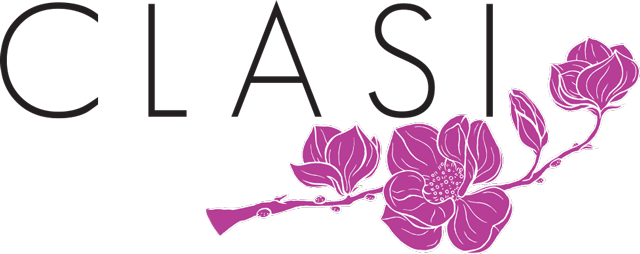About Ayres Sensory Integration®
Ayres Sensory Integration® (ASI) is a well-established and growing area of therapeutic practice with applications in various settings including the home, school, and community. Developed by A. Jean Ayres, PhD, OTR, FAOTA, an occupational therapist, psychologist, and neuroscientist, this framework was originally shown to be effective with children with learning and behavior difficulties and has since emerged as an evidence-based practice for use with children with autism. Applications have been broadly applied with individuals with a variety of disabilities and age groups. ASI is trademarked to help researchers, therapists, and parents identify the core principles which define ASI and to differentiate this evidence-based intervention from other approaches which may use some aspects of sensory-based activities, but do not meet the criteria for ASI.
Sensory integration theory provides evidence from basic and applied science about the ability to receive, sort, process, and make use of the information originating from the body and the environment and perceived by our senses (touch, gravity, body position and movement, sight, smell, hearing, taste). This sensory information goes to the brain, where it is organized and interpreted. As a result, we form a plan of action that allows us to have an adaptive response appropriate for the demands of the environment. A thorough assessment guides the preparation of goals addressing the referring concerns and the recommendations for intervention. Ayres Sensory Integration® intervention is provided within the context of professional practice. It is designed to improve sensory perceptual abilities, self-regulation, motor skills, and praxis. In doing so, it supports the client’s ability to show improved behavior, learning, and social participation. Classic intervention is provided in a specialized therapy room with sensory equipment that provides tactile, visual, proprioceptive and vestibular opportunities in a structured manner in collaboration with the primary caregivers.
Sensory integration difficulties are found in individuals with no diagnoses as well as infants, children, and adults with identified diagnoses. This therapy has been found effective with problems such as learning difficulties, hyperactivity and attention deficit, dyspraxia, and autism. In the course of the therapy, the individuals learn skills or specific behaviors. However, these are not the main objective. Instead, the intention is that the physical activities produce sensations that lead to adaptive responses, and consequently, to even more complex responses. In the case of children the intervention is centered in play, allowing the construction of sensory experiences and the planning of actions in relation to guided and growing challenges.
CLASI Certificate in Ayres Sensory Integration
The Certificate in Ayres Sensory Integration (CASI), offered through the Collaborative for Leadership in ASI (CLASI), is an advanced training program that began in 2016 to continue the legacy of excellence in education, research, and practice in the body of knowledge which was originated by Dr. A. Jean Ayres and which has been continued by other researchers, practitioners, and educators. This education program is produced according to the guidelines of the International Coalition of Education in Ayres Sensory Integration(R) and aligned with the Ayres 2020 Vision, promoting excellence in scholarship, assessment, and education in ASI.
With many decades of experience in continuing education in ASI, the leaders at CLASI have developed the CASI with an emphasis on optimal learning methods for the various types of content. The result is a hybrid program which provides self-paced, online learning of content that may require detailed study and review with onsite learning for hands-on concepts that are enhanced through mentored experiences and feedback. Through this program, we hope to establish a cost-effective, accessible educational program through which therapists gain a solid, practical, evidence-based, and effective foundation for using sensory integration theory and practice within their profession toward best practice.




